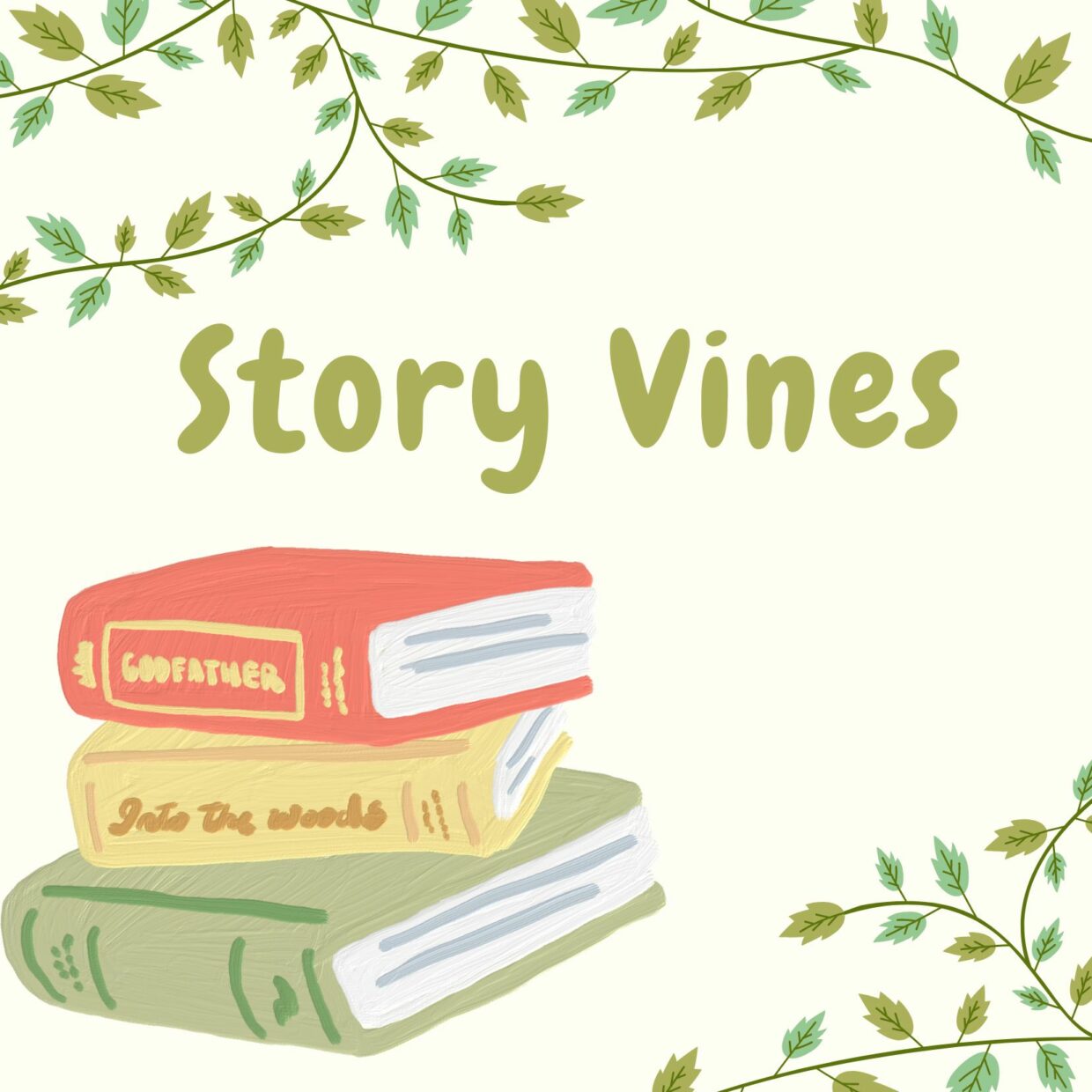In class we did the cutest little activity to help students engage with stories. It’s called “Story Vines.” Basically, after reading a story, students create a visual representation of their story using craft materials and small toys. Students begin by braiding yarn together to form a thick “vine,” and then they attach items that represent the events in the story moving from the top down. They can then use the vine to re-tell the story to others. According to Renee McGurry, story vines are based on an African storytelling tradition which uses small artifacts to visually represent a story.
In our class, we used the Robert Munsch story, “The Paper Bag Princess,” to create our story vines. If you’re unfamiliar with the story, which I doubt you are, you’re missing out. But don’t worry! As my 14 year old daughter often says, “I got you.” You can listen to the story below.
My eleven year old daughter helped me create the artifacts as well as choose which events of the story to represent. Here is the sequence of our vine:
- A prince and princess (to represent when they were in engaged)
- A green dragon (to represent when the dragon stole the prince away)
- A paper bag (to represent when the princess put on the paper bag)
- Fire (to represent when the dragon burned down 100 forests)
- Dust (to represent the dragon speeding around the world in 10 seconds)
- Butt cheeks (to represent when the princess called the prince a bum)
- A single princess (to represent when the princess decided to not marry the prince after all)

My daughter and I had a lot of fun creating the vine together. We particularly giggled making the butt cheeks to represent when Princess Elizabeth calls the Prince a “bum.”
Story vines aren’t just fun, they help develop students’ understanding of story sequence, link visual imagery with reading, enhance fluency in reading, and support oral skills (Bright, Robin – “Sometimes Reading is Hard”). Each of those aspects connect with the English Language Arts curriculum throughout all the grades. I want students to know that learning can be fun (Maybe, it SHOULD be fun?). English Language Arts doesn’t have to be boring where students always read silently and answer questions in full sentences. English Language Arts can be creative, fun, and imaginative. It can be an opportunity to giggle with a partner about a silly little “bum” artifact and a fun way to share a story with your family and friends. English Language Arts often has a bad reputation of being dull, but strategies like story vines, can breathe life into the course. I want my future students to learn and show their learning in a variety of ways, and I want them to learn with smiles on their faces and glitter stuck to their finger tips. Learning, particularly for elementary students, should be fun and exciting. Story vines will have a place in my future teaching career.

Image credits to Carla DeWarle
For more detailed information on how to create a story vine, please visit Stephanie Gokarn’s blog.
